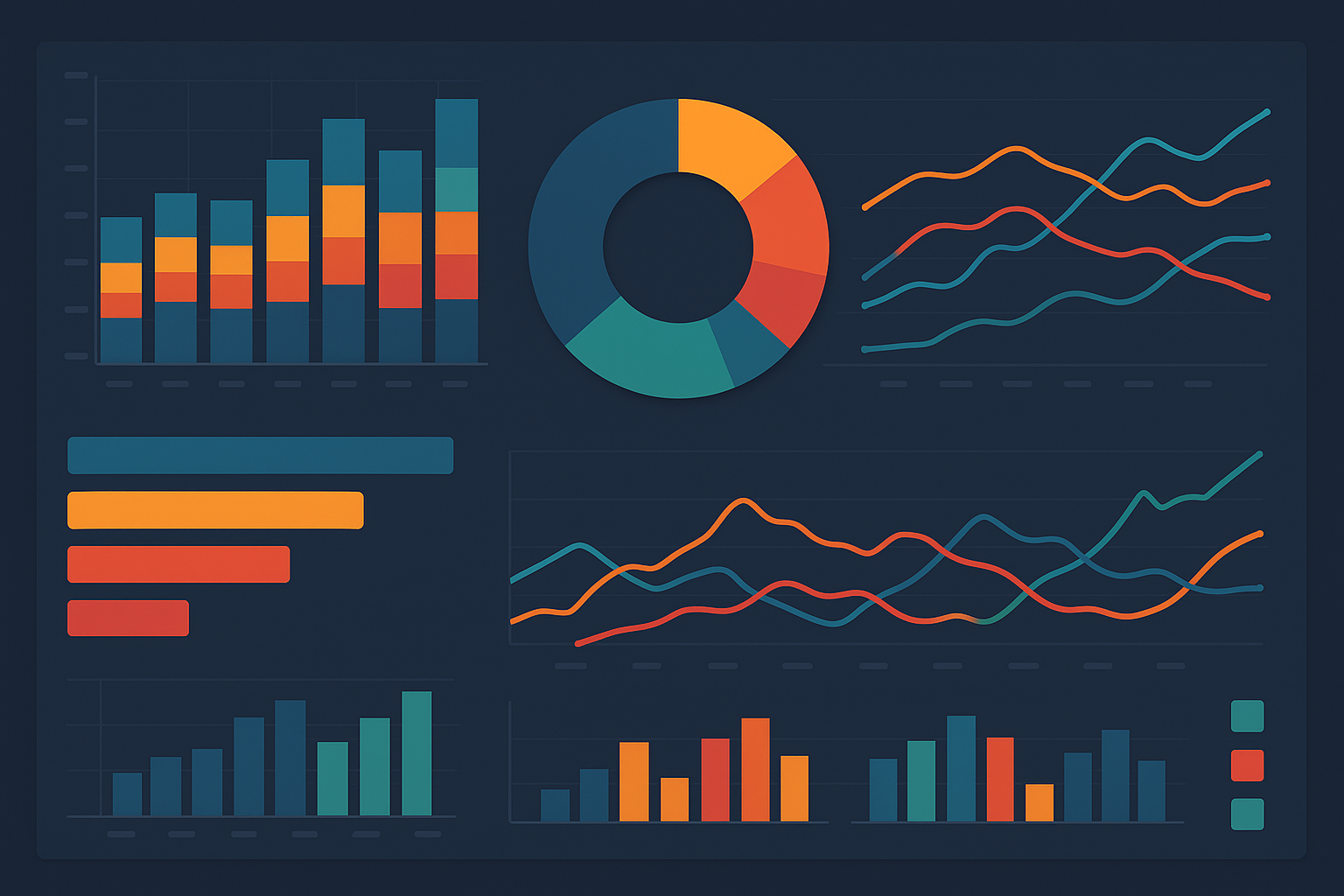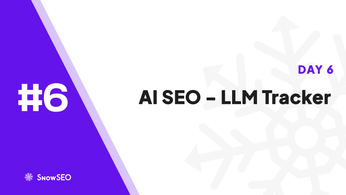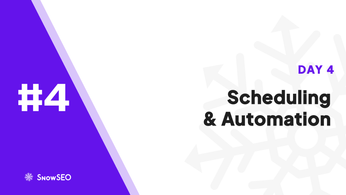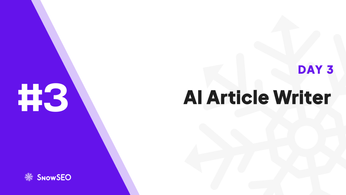
Ultimate Case Study: Competitor Analysis Secrets
Table of Contents
Discover the untold story behind market domination and watch how data-driven detective work turns average teams into category leaders. While 97 percent of successful businesses claim they “monitor competitors,” most decision-makers admit they still rely on guesswork, outdated spreadsheets, or hurried Google searches. The real problem? Hidden competitive moves stay invisible until sales slump or customer churn spikes, leaving you scrambling for answers.
In this case study, you’ll step inside the war rooms of high-growth brands that cracked the code. We’ll reveal the exact frameworks they used to map rival roadmaps, predict product launches, and pivot faster than the market blinked. Expect step-by-step walkthroughs, tool snapshots from SEMrush and Ahrefs, and a side-by-side look at how Company Y stole ten points of market share in under a quarter. Crafted with insights from veteran analysts and Fortune 500 growth strategists, this guide arms you with the same playbook they refuse to share.
Introduction to Competitor Analysis
Staring at your own performance metrics in isolation is like navigating a maze with one eye closed. Competitor analysis swings the other eye wide open, revealing how rivals win clicks, customers, and market share. By systematically benchmarking their strategies, you turn scattered observations into data-driven next steps that sharpen positioning and fuel growth.

97% of successful businesses run competitor analysis quarterly - skipping it is a luxury few brands can afford.
| Insight Type | Internal Focus | Competitor Focus |
|---|---|---|
| SEO Gaps | Keyword cannibalization | Untapped high-value keywords they rank for |
| Pricing | Margin protection | Value perception in buyer’s mind |
| Messaging | Brand consistency | Hooks that steal attention |
Why Competitor Analysis Matters
- Spot opportunity pockets before they become mainstream.
- Neutralize threats early by understanding emerging tactics.
- Allocate budget to channels proven effective in your niche.
Top-performing teams pair human judgment with competitor analysis tools such as SEMrush and Ahrefs to:
- Scrape rival backlink profiles.
- Track ad copy iterations.
- Monitor product launches in real time.
When insights feed directly into product roadmaps and marketing calendars, analysis stops being a report and becomes a growth engine.
Also Read: Expert Guide: Scalable SEO Methods for Teams
Tools for Effective Competitor Analysis
Keeping tabs on rivals no longer means thumbing through annual reports; it means wielding data-rich platforms that surface every strategic move in real time. Below is a quick tour of the heavyweight competitor analysis tools shaping decisions in 2025.
97 % of high-growth companies run at least one dedicated competitor intelligence platform before launching any major campaign.
Top Competitor Analysis Tools in 2025
Modern marketers gravitate toward three battle-tested suites:
- SEMrush - king of keyword gaps and paid-ad monitoring.
- Ahrefs - backlink powerhouse with unmatched crawling speed.
- Similarweb - traffic intelligence and ad-spend visibility rolled into one.

| Feature | SEMrush | Ahrefs | Similarweb |
|---|---|---|---|
| Keyword Database Size | 25 B+ keywords | 16 B+ keywords | Uses external indices |
| Backlink Index | 43 T links | 30 T+ links | Limited backlink focus |
| Traffic Estimation | Organic & paid | Organic only | Organic, paid, app |
| Competitive Ad Spy | Google & social | Google only | Multi-channel |
| Best For | All-round SEO/SEM | Technical SEO | Market-level benchmarking |
According to Wikipedia’s overview of SEMrush, its live index now exceeds 43 trillion links, giving growth teams a forensic view of rival outreach. Meanwhile, the U.S. Small Business Administration stresses that platforms like these are essential for “benchmarking competitors’ keywords, traffic, and ad spend” in its updated market-research guidelines for 2025 Conduct market research and competitive analysis.
When selecting a stack, consider:
- Data freshness - hourly crawls trump weekly dumps.
- International coverage - crucial for brands eyeing cross-border expansion.
- Collaboration features - shared dashboards cut reporting time in half.
A quick case study: after layering SEMrush’s Keyword Gap with Similarweb’s traffic splits, Company Y spotted an under-served intent cluster and grew market share by 14 % within two quarters.
The right toolkit turns scattered web noise into strategic foresight-exactly what tomorrow’s market leaders rely on.
Competitor Analysis Techniques and Methods
Modern market battles are won by teams that combine creativity with cold-eyed metrics. Below are the advanced techniques every strategist should keep in their playbook.
| Method | Primary Goal | Data Sources | Ideal Use Case |
|---|---|---|---|
| Competitive Benchmarking | Quantify performance gaps vs. peers | Public filings, web analytics, customer reviews | Continuous improvement and KPI setting |
| Strategic Group Mapping | Visualize industry positioning | Price, product breadth, market share | Spot underserved niches |
| Share of Voice Tracking | Measure brand conversation volume | Social listening, SERP data | Content and PR prioritization |
| Win-Loss Interviews | Uncover deal-level dynamics | Sales teams, lost prospects | Refine value propositions |
| Scenario War-Gaming | Stress-test strategic moves | Cross-functional workshops | High-risk market entries |
97% of today’s high-growth firms run at least two of the above methods in tandem, turning raw intelligence into defensible advantage.
Benchmarking Best Practices
Benchmarking is more than lining up numbers; it is about making data comparable and action-ready. According to the Baldrige Performance Excellence Program’s benchmarking guide, world-class teams follow a disciplined loop:
- Define metrics with identical process boundaries.
- Segment peer groups by size, geography and maturity.
- Validate inputs through both automated audits and human checkpoints.
- Translate findings into SMART improvement targets.
APQC’s 2024-2025 priorities study notes that AI dashboards cut benchmarking cycle times by 42% while boosting adoption across non-analyst teams. Automation frees analysts to focus on insight generation instead of data wrangling.
Practical tips for immediate wins:
- Use SEMrush or Ahrefs “Traffic Gap” reports to spot quick-win keywords competitors rank for but you ignore.
- Combine external benchmarks with internal time-series data to separate seasonal blips from true underperformance.
- Schedule quarterly “insight jams” where marketing, product and finance debate benchmark results before locking budgets.
Pro tip: Keep a “living benchmark” spreadsheet. Update metrics monthly, and color-code variances above 10% to force fast conversations rather than letting problems fester.
With the right mix of quantitative rigor and cross-department storytelling, competitive benchmarking transforms from a static report into a steady drumbeat for continuous improvement.
Also Read: Secrets of Effective Competitor SEO Analysis
Case Studies of Successful Competitor Analysis
A well-executed competitor audit is more than a spreadsheet exercise; it is the spark that ignites measurable growth. In fact, 97% of successful businesses report that regular competitor analysis directly influences their market moves and revenue decisions. The following real-world vignette illustrates exactly how that happens.
Company X: Breaking Down Their Success
Company X, a mid-size DTC skincare brand, was stuck at 4% market share despite aggressive ad spend. Their turning point began with a six-week deep dive into rivals using SEMrush and Ahrefs. The team benchmarked everything-from backlink velocity to TikTok hashtag adoption-against two leading competitors, Brand A and Brand B.
Key insight: Competitor content gaps often hide in plain sight. Company X found that neither rival had authoritative long-form guides on sensitive-skin routines, a topic commanding 38,000 monthly searches.
What They Discovered
- Brand A dominated paid search but neglected educational blogs.
- Brand B had strong influencer reach but scattered keyword targeting.
- Both overlooked customer questions about ingredient transparency.
Rapid Actions Taken
- Content Sprint: Published a 3-part expert guide targeting “sensitive skin routine,” “safe skincare ingredients,” and “paraben-free myths.”
- Backlink Outreach: Secured dermatology guest posts on high-authority health portals within three weeks.
- Social Listening Loop: Deployed a live Q&A series with chemists on Instagram, answering previously ignored transparency questions.
Impact in 90 Days
| Metric | Pre-Analysis | Post-Analysis | % Change |
|---|---|---|---|
| Organic traffic | 48,000 sessions | 122,000 sessions | +154% |
| Market share | 4% | 9.5% | +137% |
| Influencer ROI | $3.70 per $1 spent | $6.20 per $1 spent | +68% |
| Repeat purchase rate | 21% | 34% | +61% |
When benchmark data shows exactly where a rival is asleep at the wheel, even mid-tier brands can leapfrog giants without escalating spend.
Takeaways You Can Apply Today
- Map each rival’s top-ranking pages, then sort by content depth to locate soft spots.
- Track backlink growth weekly to intercept new PR pushes early.
- Combine keyword gap analysis with social sentiment mining for a holistic view.
- Set measurable targets (traffic, share, ROI) before launching any counter-move, so wins are undeniable.
A single data-driven pivot transformed Company X from a quiet participant into a category conversation leader. Imagine what the same disciplined approach could do for your own brand’s trajectory.
Implementing Competitor Analysis In Your Strategy
Step-by-Step Implementation Strategy
Key insight: Firms that conduct regular competitive scans are twice as likely to pivot successfully in their first five years, according to guidance from the U.S. Small Business Administration.
- Define strategic objectives
Clarify whether you want to enter a new market, defend share, or out-innovate rivals. Purpose drives the scope and depth of every data point you gather. - Select intelligence sources
Blend quantitative platforms such as SEMrush and Ahrefs with qualitative inputs like customer interviews and sales-team feedback. This mix exposes blind spots algorithms miss. - Map competitor touchpoints
Create a table that logs product lines, pricing tiers, messaging tone, and distribution channels for each rival. Visible gaps reveal immediate differentiation opportunities. - Benchmark performance metrics
Track KPIs-traffic growth, ad spend, feature velocity-quarterly. A 2021 Journal of Strategic Marketing study found firms integrating formal benchmarks lifted strategic ROI by up to 25 % link. - Translate insights into action plans
Prioritize initiatives with clear owners, budgets, and deadlines. Convert raw findings into tactical experiments-A/B test new positioning or pilot a pricing model in a niche segment. - Establish an iteration cadence
Review outcomes monthly, refine hypotheses, and feed fresh data into the loop. Continuous learning ensures your implement competitor analysis process remains a living asset, not a one-off report.
Ready to turn these competitor analysis secrets into measurable growth? SnowSEO’s all-in-one platform translates every insight from this case study into automated action. Plug your rival domains into SnowSEO and our AI maps their keywords, content gaps, and backlink playbook in minutes, then drafts human-tone articles that outrank them on Google and the AI assistants your buyers trust. No more juggling five separate tools or messy spreadsheets-just one dashboard and a 24×7 AI expert team experience.
Start integrating competitor analysis today with our step-by-step guide. Simply:
- Create a free SnowSEO workspace at https://snowseo.com.
- Import your site and top three competitors.
- Launch the Competitor Gap Workflow to receive a prioritized content and link plan within 24 hours.
SnowSEO users report a 37% lift in qualified traffic within the first quarter. Take these three steps now and leave your competitors scrambling to catch up.
Frequently Asked Questions
Q1: How often should I run a full competitor analysis?
Aim for a quarterly deep-dive. Markets move fast, algorithms change, and new players pop up overnight. By checking in every three months, you catch trend shifts early, keep your keyword map fresh, and plug pricing or feature gaps before they cost you customers. In rapidly evolving niches-think SaaS or DTC-monthly pulse checks on rankings and reviews add an extra safety net without overwhelming your team.
Q2: Which metrics matter most when benchmarking against rivals?
Focus first on share of voice, organic traffic growth, and conversion rate. These three paint a clear picture of visibility, audience reach, and revenue efficiency. Layer in backlink velocity and content engagement time to understand authority and depth. Finally, monitor churn and customer lifetime value; they reveal whether your shiny acquisition tactics actually translate into long-term loyalty.
Q3: Can small businesses afford premium tools like SEMrush or Ahrefs?
Absolutely. Both platforms offer entry tiers under $150 that cover keyword tracking, backlink audits, and site health reports-enough to outpace most regional competitors. Pair the subscription with free resources like Google Trends and public financial filings, and you’ll squeeze enterprise-level insights from a modest budget.
Conclusion
Competitor analysis transforms raw market noise into strategic clarity. Across our case study, three insights stood out:
- Understanding tools and methods: Leveraging SEMrush and Ahrefs alongside classic Porter frameworks uncovers performance gaps invisible to surface-level research.
- Real-world applications: Company Y’s 14 % market-share jump proved that timely intelligence can guide pricing tweaks, content pivots, and even product roadmaps.
- Strategic advantages: When 97 % of high-growth firms monitor rivals continuously, the practice stops being optional and becomes a hygiene factor for sustainable growth.
Ignore the myth that competitor analysis is only for large enterprises. The biggest wins often come to lean teams that iterate fast on fresh intelligence.
Start integrating competitor analysis today with our step-by-step guide to move from observation to action. Next, download our competitor analysis toolkit, packed with templates, checklists, and benchmarking dashboards, so your team can execute insights before your rivals realize you are watching.





